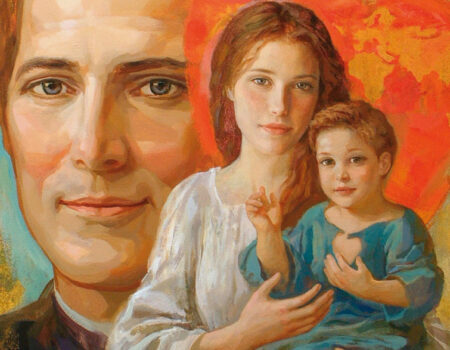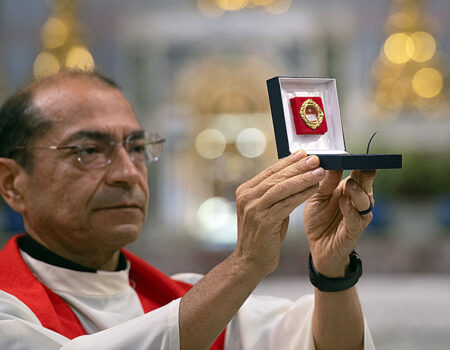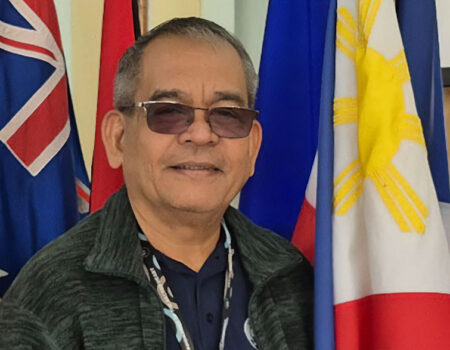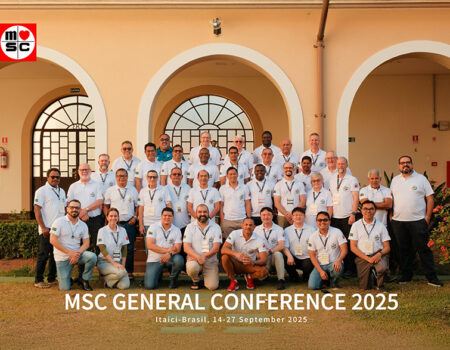The missionary footprint in Papua: “You gave us the God of love who fills us with hope”.
Saturday October 11, 2025
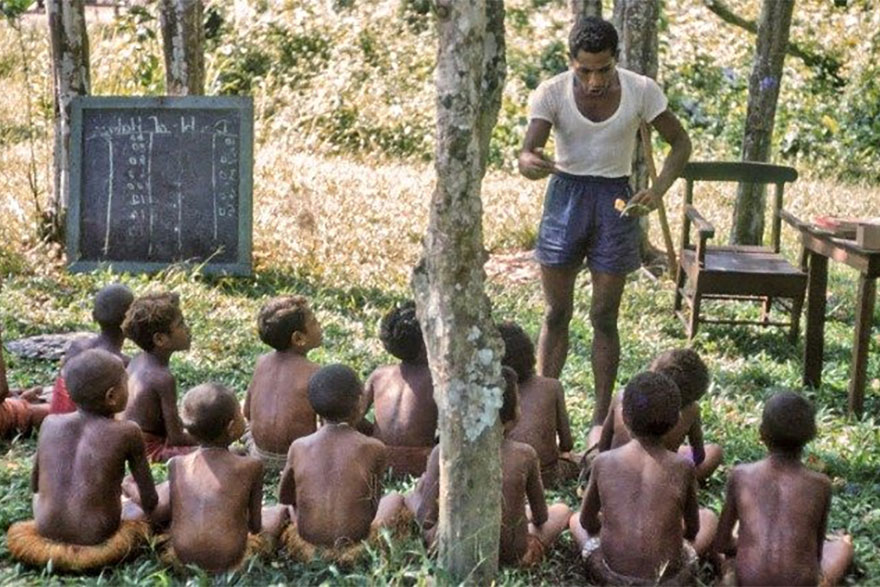
This report concludes a series of three articles dedicated to the missionary work begun at the end of the 19th century by the Missionaries of the Sacred Heart in Papua New Guinea, where Pope Francis will travel in September.
Collaboration with Vatican News.
“My name is also Xavier Vergés”, “we called my son José Díaz” or “Albert Boudaud”. It is what is known there as a ‘namesake’, naming a person – they do it with a first name and surname – in recognition of another. It is very moving to learn about this way of perpetuating the memory of our missionaries.
Because of its cultural richness and diversity, Papua New Guinea has been and continues to be a missionary challenge. “This human richness, with its strengths and challenges, together with the cultural, religious and linguistic diversity, make the country’s motto ‘The Land of the Unexpected’ a real opportunity to firmly believe that our mission makes sense and that it is worthwhile to continue to be the Heart of God in this missionary territory of Papua New Guinea”, are the words of Father Abzalón Alvarado, msc, Superior General of the Missionaries of the Sacred Heart, after his visit a few weeks ago. (Listen to his interview here: Father Alvarado: The Pope in Papua will find a strong and multicoloured Church).
But this missionary challenge is not understood now from a Western point of view, as the sending of priests and nuns, lay men and women, to help a ‘people lacking God’. This was the call of Leo XIII in 1881 to the Missionaries of the Sacred Heart of Father Jules Chevalier, but today it must be seen from the local perspective, from the eyes of the Papuans themselves, who are the ones who make this particular Church in the Pacific walk. “We cannot demand that the peoples of all continents, in expressing their Christian faith, imitate the modes of expression that European nations developed at a particular moment in their history”, says John Paul II in his Apostolic Exhortation “Ecclesia in Oceania”.
Since 1975, it has been an independent country, but the governmental structure does not have the capacity to manage this immense and diverse country and it is here that the Church, heir to the missions, continues to play an essential role. There are very few foreign missionaries left, and their work has borne fruit in a large community of local priests and nuns. Their challenges are very similar to those of other dioceses around the world: to offer the teachings of Jesus as opposed to esoteric practices or sects, to show Christian values to a more secularised society, to create a strong lay movement while fostering religious vocations, to continue to be committed to education and the development of health care, to defend the dignity of the people, to protect local cultures?
A good summary of what they were and what they are now are these words of Bishop Rochus Tatamai, msc, Bishop of Bereina, Papua New Guinea. In them he gives thanks for all that the Missionaries of the Sacred Heart have done for his people.
“You helped us to respect and love one another, especially to love our traditional enemies. You gave us the message of Jesus, the Good News. You baptised us into the Body of Christ.
As linguists, you learned and spoke our languages. You wrote our dictionaries and taught us our own grammar.
As diplomats, you negotiated with the civil authorities on our behalf. You spoke to us about our own human rights and religious freedom.
As mediators, you reconciled warring tribes. You promoted other cultural values, such as the exchange of gifts.
You courageously opposed the traditional law of revenge, ‘I’ll get you for it’. You gained the trust and respect of our people.
As builders, you built churches, schools, hospitals, roads, bridges and ports.
As teachers, you taught us to read and write.
As anthropologists, you studied our social structures and assimilated our worldview.
In the Liturgy and in the celebration of the Sacraments you used our songs and dances to express our faith.
As mystics, you studied our religious beliefs and rites of passage. You explored our sacred spaces and times. We hold you as spiritual men, as men of prayer and men of God.
As experts in agriculture, you taught us new methods of cultivating the land and producing crops.
As doctors, you healed us with your ‘miracles’, which were the medicines and knowledge you gave us.
As Missionaries of the Sacred Heart, you gave us the God of love who fills us with hope.
To all of you, a million THANKS, and to the God, whom you represented, Glory and praise forever.
And all this has remained in the memory of the Papus, generation after generation. Every 4th of July, a Mass is celebrated to remember and celebrate the first Mass that Father Henry Verius presided over in 1885, which next year will be 140 years old.
The upcoming apostolic journey in September brings Papua New Guinea back into the Church’s news and hopefully a little further down the line, as Francis himself has given the go-ahead for the possible canonisation of Blessed Martyr MSC Peter ToRot, a lay catechist committed to his community, beatified by St John Paul II in 1995.


